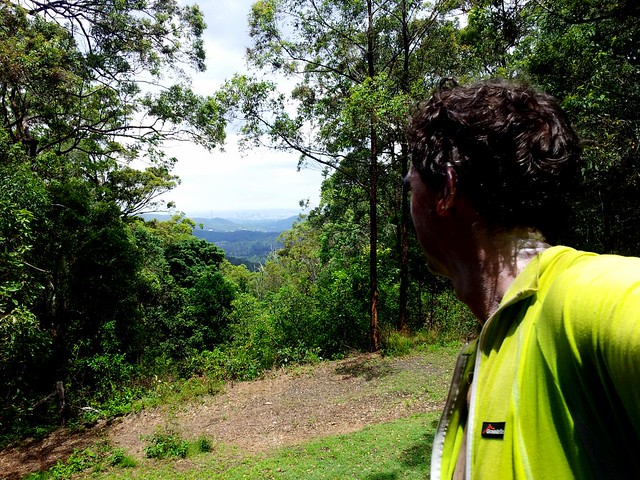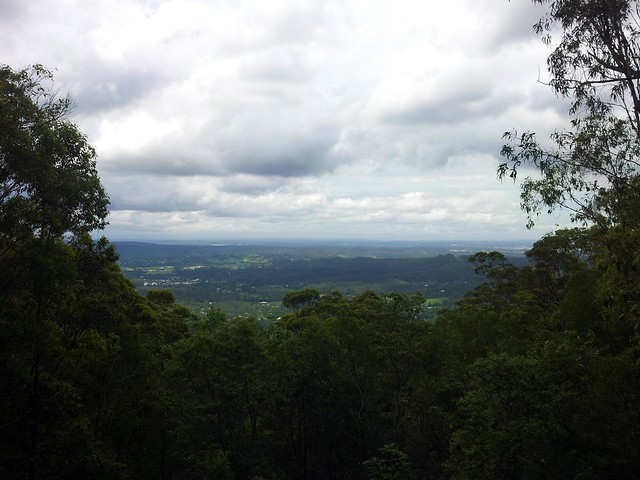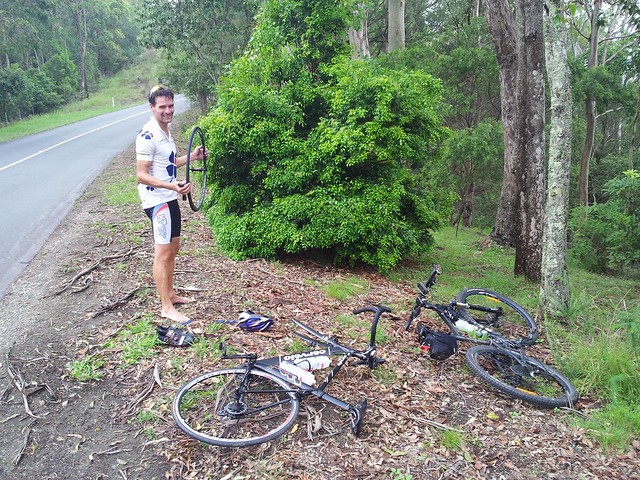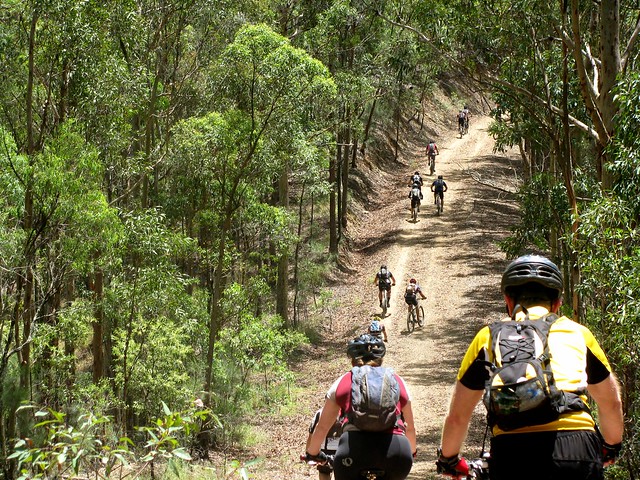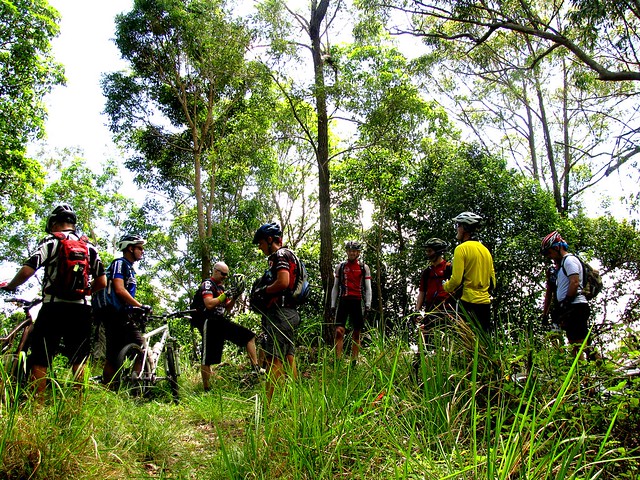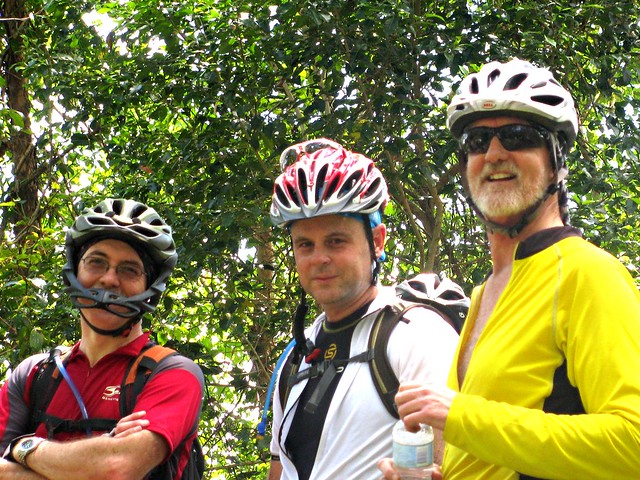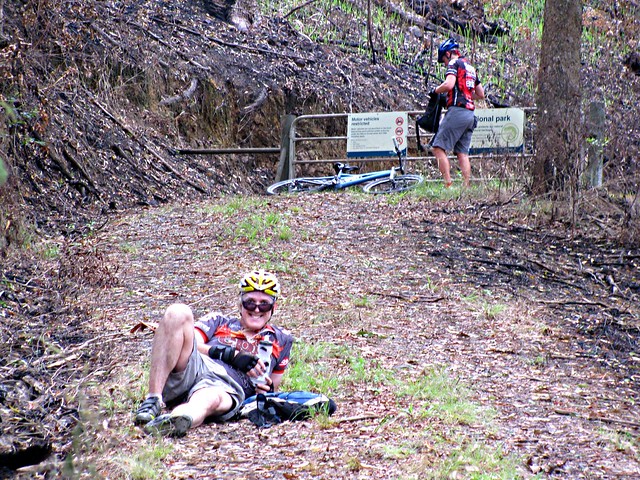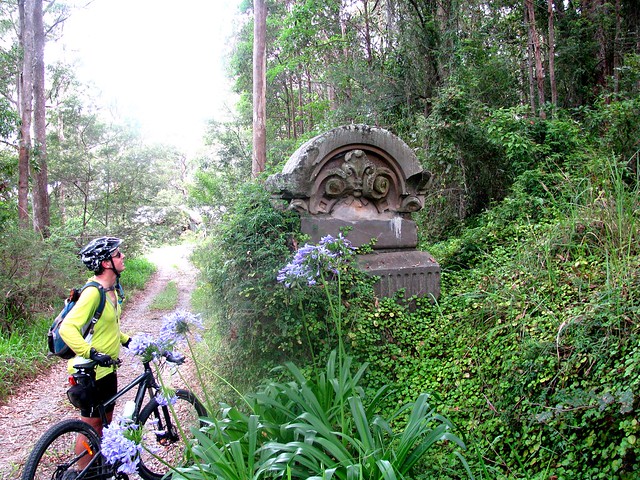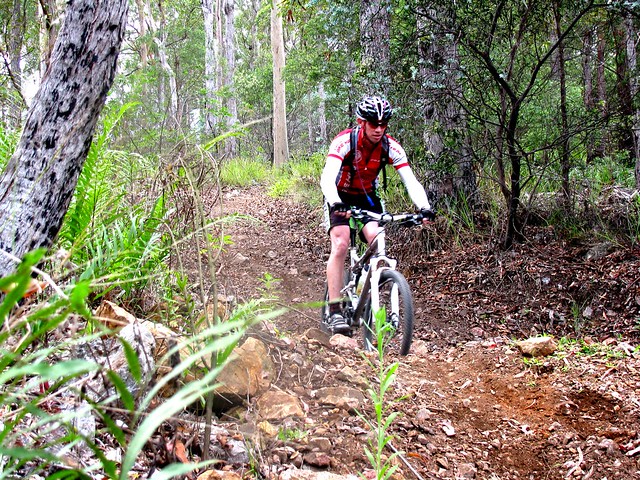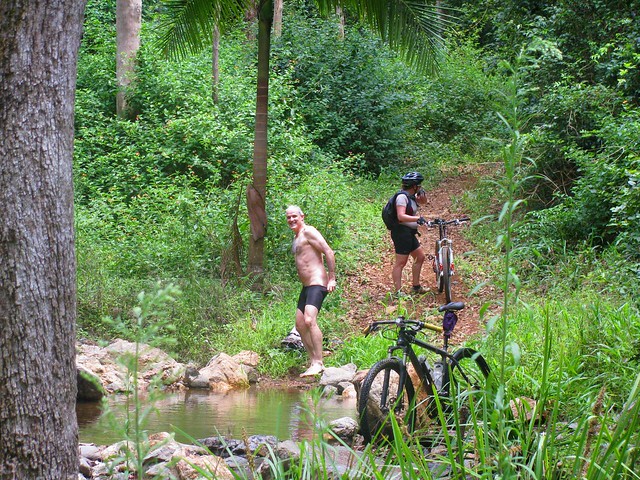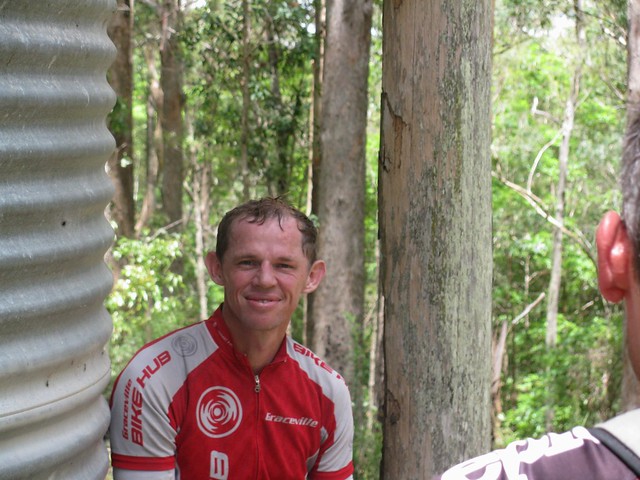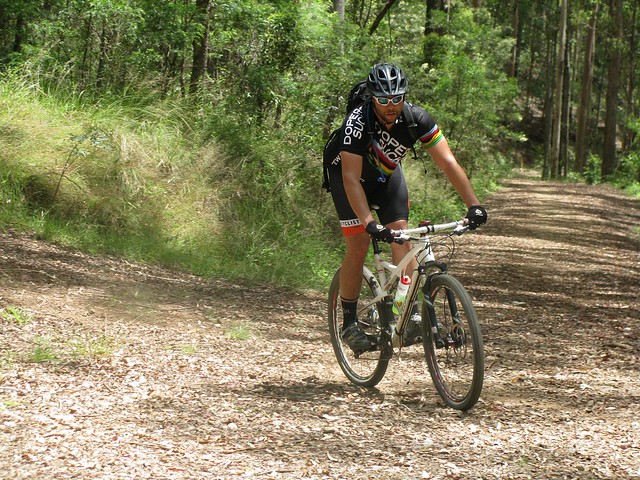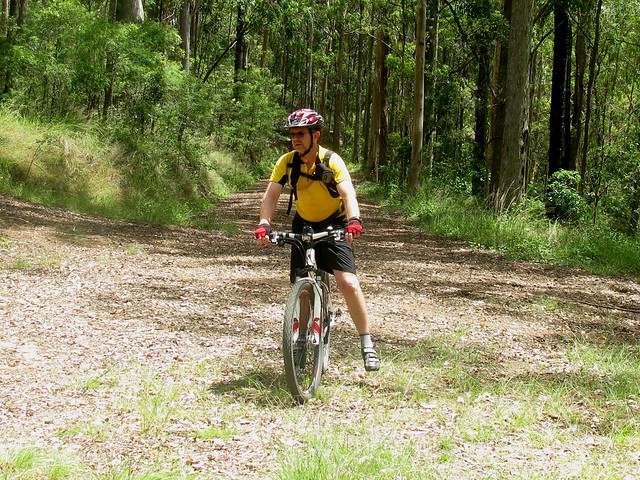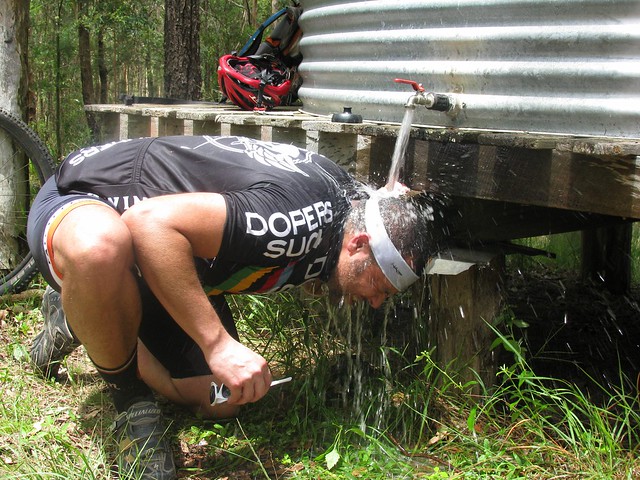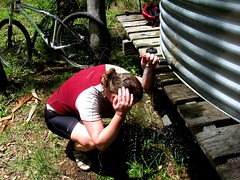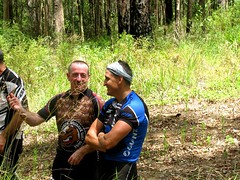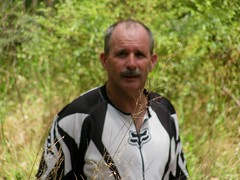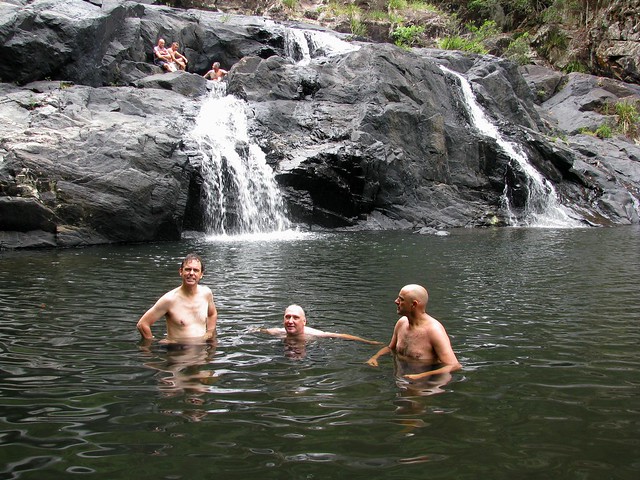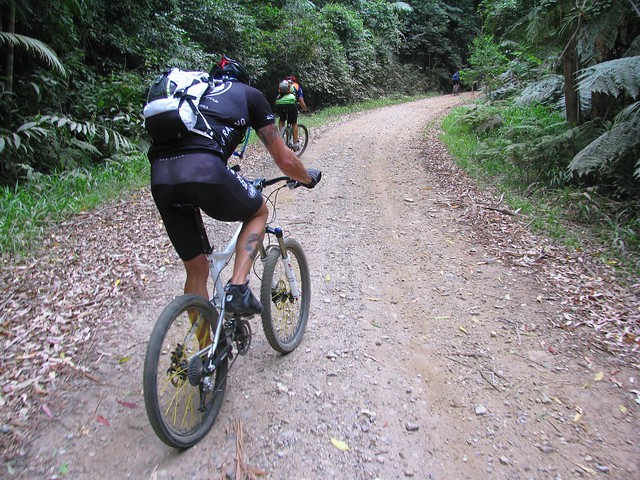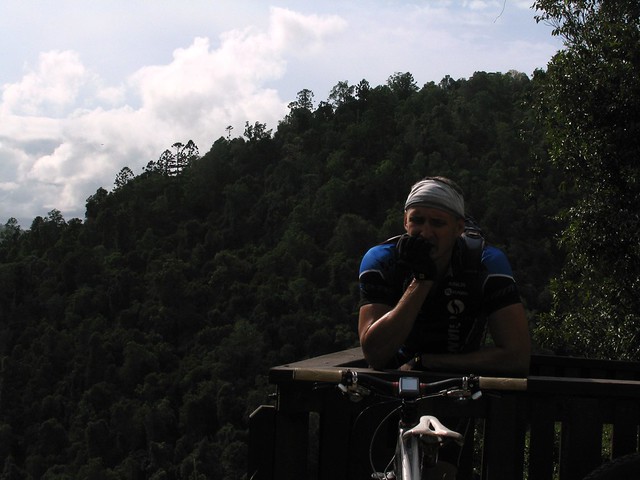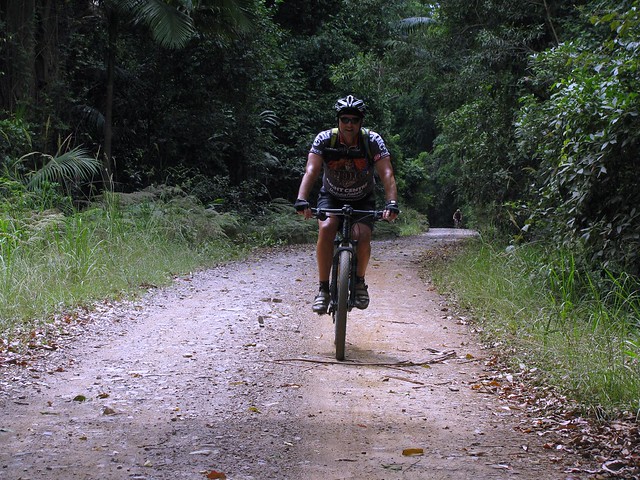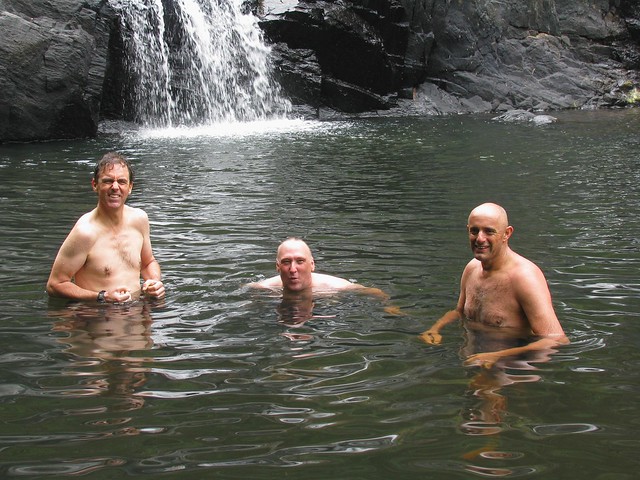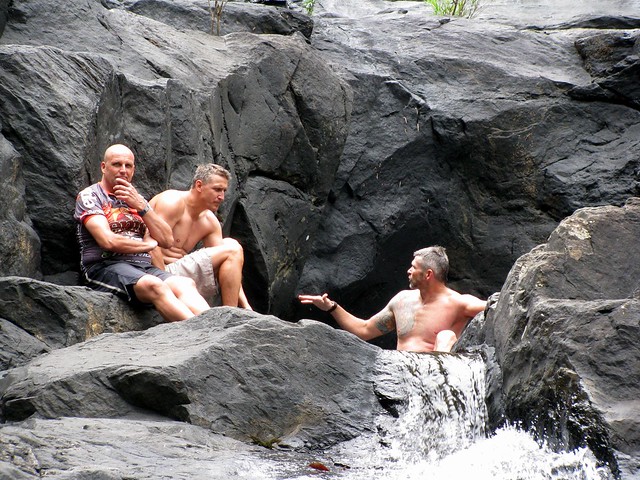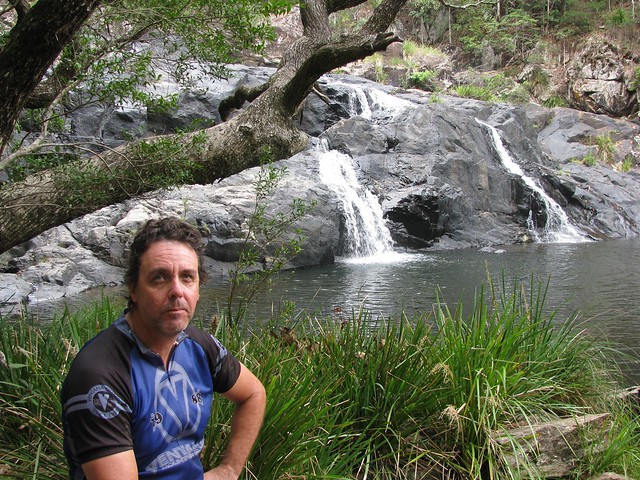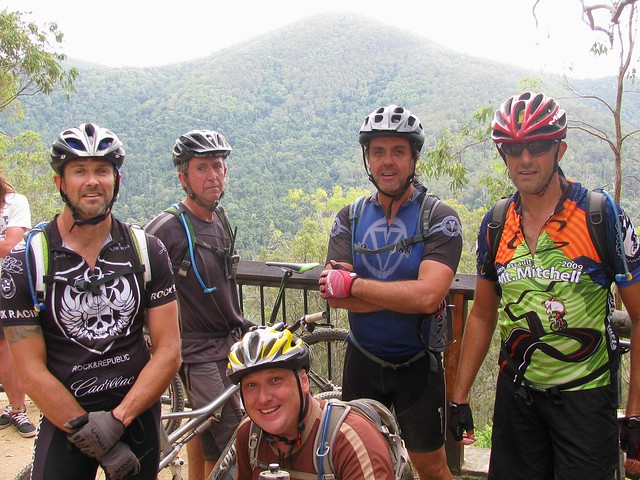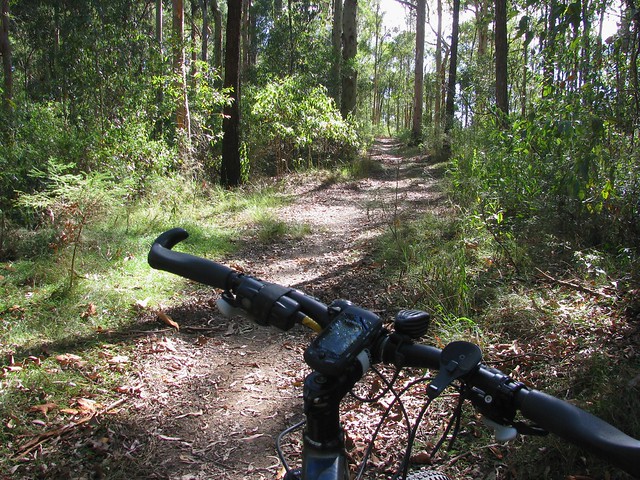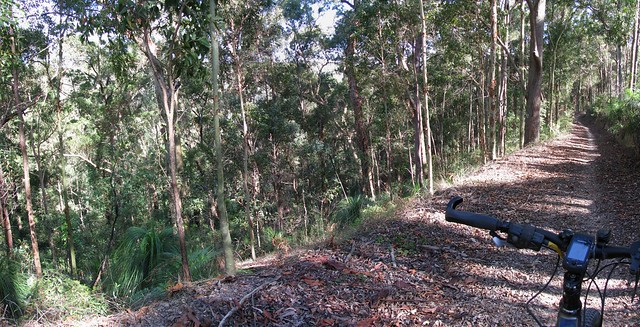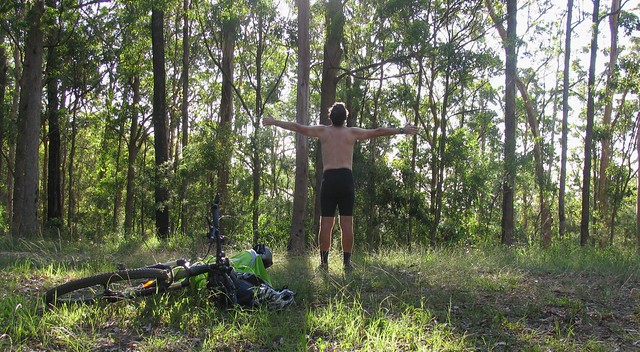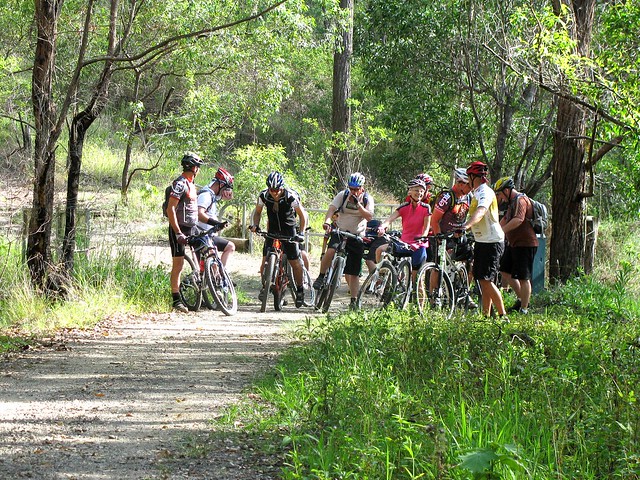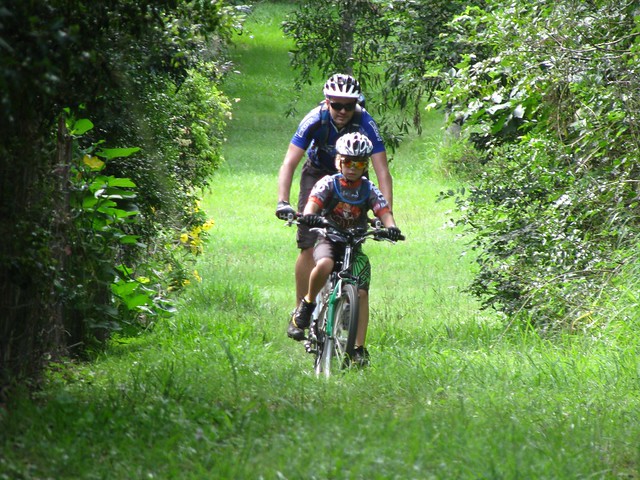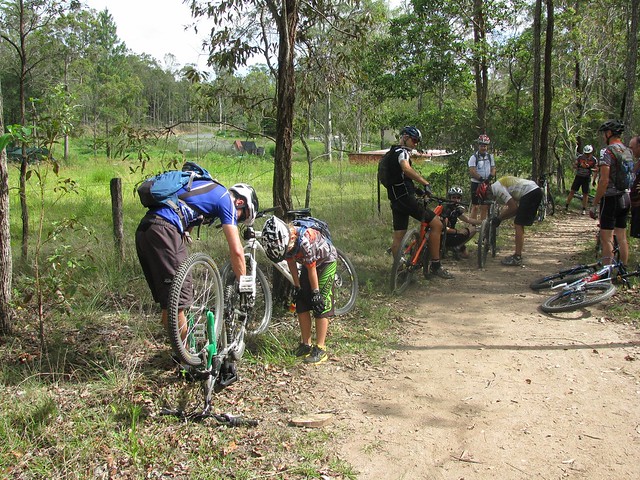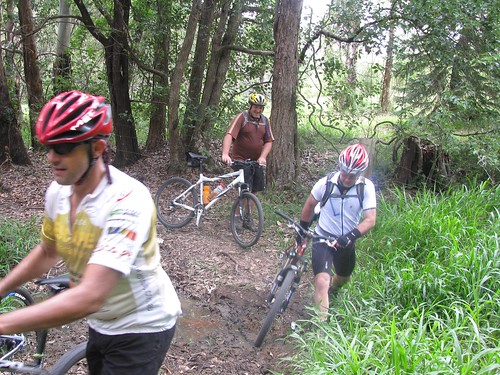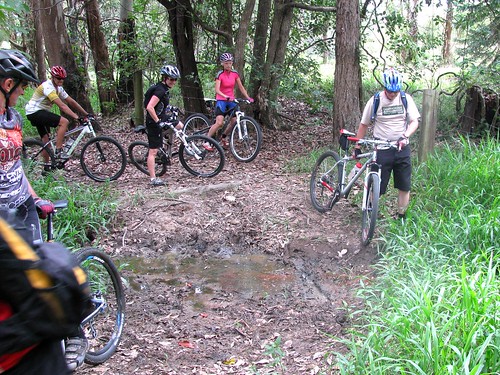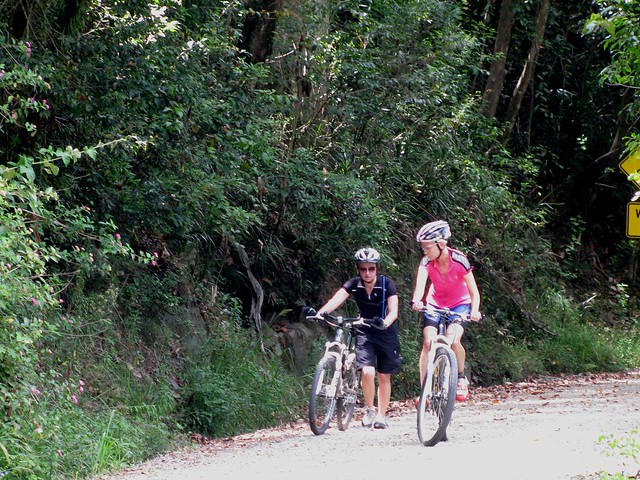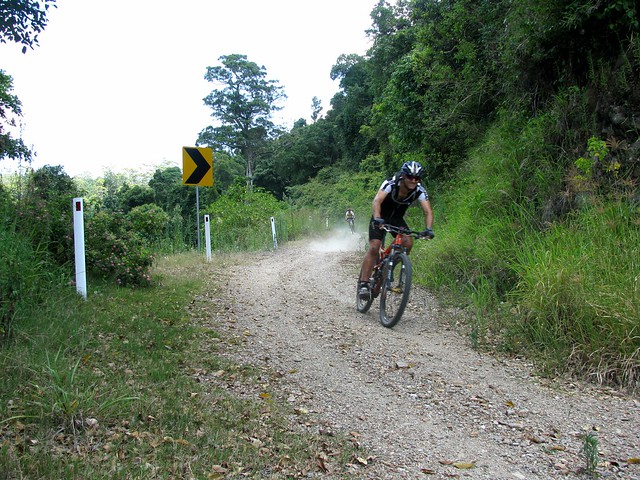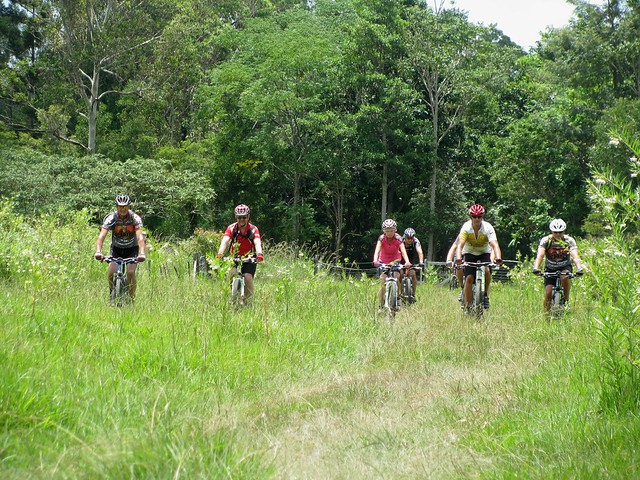 The good folks at Mitac Australia recently lent me a Magellan Explorist 610 for review. The 610 is described by Magellan as “a touch-screen product, with customisable hard buttons, a 3-axis compass and altimeter, camera to take geotagged photos and a micro SD card for an expandable memory of 32 GB”.
The good folks at Mitac Australia recently lent me a Magellan Explorist 610 for review. The 610 is described by Magellan as “a touch-screen product, with customisable hard buttons, a 3-axis compass and altimeter, camera to take geotagged photos and a micro SD card for an expandable memory of 32 GB”.
The model I received was from the USA. It came pre-loaded with hundreds of U.S. Geocaches. I’m assuming that when the Australian version is released it will come pre-loaded with Aussie Geocaches which should be great for Geocaching fans.
I should point out at the start that I’m a mountain biker who sometimes does a bit of Geocaching. So a primary concern for me is how usable a GPS is on the bike. I mentioned this to Mitac Australia, and they kindly sent me a handlebar mount for the GPS so I could take it on rides.
What do I like about this GPS?
1. Tough. The 610 is build from sturdy moulded plastic. It feels solid, and I’m quite confident it could take a pounding on the trail. The display feels like it’s built to last. For anyone who currently uses a smart phone for on-the-trail navigation, you’ll be much more confident exposing the Explorist 610 to the rigours of outdoor life than your much more delicate phone.
2. Waterproof. Flooded creeks and rain aren’t a problem for the 610.
3. Maps. The contour maps give you a great idea of the steepness of the terrain. It seems to have a complete set of the suburban roads in my area, so it’s handy for navigating around local streets. You can set the view to be either 2D or 3D which gives you a different perspective of the lay of the land, and comes in handy when you’re up in the hills and want to get an idea of how steep the land is around you.
4. Camera. The 3.2 megapixel auto-focus camera is easy to use. One of the buttons on the case of the unit is pre-programmed to activate the camera, so it’s really easy to point the 610 at something interesting, and quickly take a photo. You can also take videos. What I really like is being able to take photos even when it’s raining. Who in their right mind would get out their mobile phone, or digital camera in the middle of a rain storm? By making the 610 waterproof AND putting a camera in it, you effectively have an all-weather waterproof camera. How cool is that?
Here’s a comparison of photos taken with the Explorist 610 (on the left) compared with the same shots taken on my Samsung Galaxy S2 smart phone (on the right). I think the 610 does pretty well considering it has less than half the resolution of the SG2:
| Explorist 610 (3.2 megapixel) | Samsung Galaxy SG2 (8 megapixel) |
 |  |
 |  |
5. Touch Screen. One of the fears a cyclist has of a touch screen is how easy it will be to use with gloves. This screen seemed to respond to my requests accurately, even though I was wearing full-length Fox Dirtpaw gloves. It was easy to use with gloved hands, and the menu navigation seemed quite intuitive.
What don’t I like about this GPS?
1. Batteries.
You need to put batteries into the 610. It’s NOT one of those units you just plug in via USB at the end of the day and wait to recharge. You have to open it up and put batteries in it. The manufacturers recommend two AA Lithium batteries which they say will last about 16 hours. I got considerably less than this with the two Lithium batteries I used, but I’m willing to blame this on the batteries, not the unit. You can also use rechargeable batteries, but not cheap ones. You must use heavy duty rechargeables – the sort you’d put into a hungry digital camera. When using good rechargeables I was able to use the 610 for most of a day without the batteries dying.
A pair of AA lithium batteries will set you back about $AUD 10. I spend about 12 to 15 hours per week on the bike, so I would need to purchase batteries almost weekly, which doesn’t make sense for me. One major improvement the manufacturers could make make to the Explorist 610 would be to let you recharge it by plugging it via USB. Competitor products do this alreday. I think it’s essential.
2. How do I get the software?
The Vantagepoint software is great. The problem is that when you get the unit out of the box, there’s nothing to point you in the right direction and tell you that you need to go to http://www.magellangps.com/VantagePoint to download the software. And there’s no CD. As a new buyer how do you even know there is a thing called Vantagepoint? The box tells you to go to http://magellangps.com/support from where you can download manuals for Vantagepoint, but there’s nothing to tell you how to download the actual software. Thankfully Google pointed me in the right direction.
Incidentally, I mean it, the Vantagepoint software is really cool – it allows you to easily transfer tracks, routes, and media between the unit and your computer.
3. Resetting / Not Resetting Track logs.
This has to be the most frustrating issue with the 610.
Most people who go out exploring with a GPS would like that GPS to record their adventures – this makes it easier to brag to your friends about the wonderful places you’ve been. After your journey, you come home, plug in the GPS, download your adventures and you’re ready for the next adventure.
The problem is you’re not.
The next time you go out with your GPS and turn it on, it appends to your previous track by default. So if one day you’re hiking in the Gold Coast hinterland, and the next day you’re mountain biking in D’Aguilar National Park, the 610 doesn’t automatically split then into separate tracks – even though you might have downloaded your first hike onto the computer before starting your second adventure. So at the end of your subsequent adventures, you discover that you don’t have a track log of your outing, you’ve got a breadcrumb trail going all over the countryside spanning multiple adventures.
The trick is you have to manually tell the 610 to save one track, then clear the track log and start a new one.
If you don’t remember to do this before each new outing, you won’t get the track log you expected.
But wait… there’s more! Suppose, during your hike or ride, you decide you’d like to find a Geocache. So you navigate to the Geocache section, pick a particular cache, and tell the 610 to take you to it. The problem is the unit will then cancel your current track. If you wanted to search for several Geocaches, your log for the day would be split into several different fragments.
So on the one hand the 610 doesn’t split the track log when you’d expect it to, but it DOES split the track log when you don’t expect it to.
A simple solution would be to automatically split the log after an upload via Vantagepopint, or after several hours of inactivity. And to allow searching for Geocaches without breaking the track log.
4. Seeing nearby Geocaches.
Having a pre-loaded database of Geocaches is a great advantage and a big plus for the Explorist 610.
The problem is that while using the unit, you have no idea that there might be a Geocache nearby. On most GPS units I’ve used, you put the Geocache details in as a waypoint, then whenever you’re in the vicinity of the waypoint it appears on the GPS map screen. This encourages serendipity. You’re out hiking and you see a cache on the map and think to yourself “Hey, there’s a Geocache nearby. Let’s do it!”.
On the Explorist 610, if you want to find a Geocache, you have to navigate to the Geocache section of the menu, and select the Geocache you’d like to find. Unless you do that, you could be looking at your map screen, and since you haven’t asked for it, you’d be totally unaware that a geocache was only 10 or 15 metres away.
What use is a huge on-board database of Geocaches if the unit doesn’t let you know they’re close by when you’re navigating somewhere else?
5. Bike Mount.
It’s great being able to mount the GPS on my bike handlebars.
But (most?) handlebars are tapered. In otherwords they’re narrower at one part than they are at another part. The handlebar mount is attached via zip-ties. The problem is when you tighten the zip-ties to fix the mount to the bars, they squeeze on the tapered bars and push the mount sideways. So the handlebar mount inevitably loosens up after a few minutes of bumpy riding, and the GPS unit slides downwards to face the ground, making it unuseable.
The work-around is to put the handlebar mount on the stem rather than the bars and twist the GPS connecter 90 degrees. But this is not always possible. Some stems are flat which means the handlebar mount doesn’t fit as snugly.
The problem is compounded by the fact that the GPS is fairly heavy, and it’s not mounted at its center of gravity. So the weight of the GPS pulls down on the mount, which causes the unit to slip around and face the ground.
There’s a missed opportunity here. If the GPS was mounted closer to its center of gravity, the on-board camera would sit higher above the bars. This means it would be easy to use the unit to take videos while riding the bike. Since it has reasonably good resolution for video, and it’s waterproof, it would be ideal for this purpose. I admit it’s a left-field idea, but you can’t do it with the current handlebar mount because the camera doesn’t sit high enough above the bars, so the handlebars get in the way of any video / pictures taken while the unit is mounted.
6. Planning Routes.
Anyone interested in exploring our wonderful world with a GPS will eventually want to enter a route into the GPS so they know where they’re going.
The Vantagepoint software lets you do this, but it only lets you set a maximum of 100 points. This might be ok for a short walk in the forest, but for a 50km to 100km adventure in the mountains, it’s nowhere near enough.
Thankfully there is a workaround. Basically you create your route in Google Earth, convert it to a GPX file (using something like http://GPSies.com) then load it into the GPS as a track. It then appears in the GPS as somewhere you’ve been before, and you can load the track to assist you with navigation.
7. Map colors.
Personally, I find the map colors difficult to read while riding the bike. It’s much easier to read maps that have a light background and dark tracks rather than the current configuration on the 610 which shows light tracks on a dark background.
The screen is nice and bright, the colors are vibrant, but in bright sunlight when you’re shooting down a trail at 40km/hr, it’s hard to get a quick glace of the screen and quickly know what’s going on.
8. Weight.
At first I wondered why the unit didn’t come with a lanyard so you could carry it around your neck. The I realized it would be pretty uncomfortable on a long hike having a 200 gram GPS dangling from your neck for several hours. I think when Magellan say “Hand Held” they really mean it. When you don’t want to hold the unit it might be more comfortable carrying it in a large pocket rather than letting it swing from a lanyard.
Bottom Line
I don’t think a cross-country mountain biker was the best match to test drive the Explorist 610 ![]() It’s definitely not the sort of GPS you’d put on your bike if you planned on disappearing into the mountains for a few days. And it’s not a GPS you’d use as an everyday device to faithfully and effortlessly track your rides.
It’s definitely not the sort of GPS you’d put on your bike if you planned on disappearing into the mountains for a few days. And it’s not a GPS you’d use as an everyday device to faithfully and effortlessly track your rides.
But, this is a rugged GPS that comes pre-loaded with hundreds of Geocaches. It can take photos and videos while you’re outside exploring – even in the most inclement weather. It’s easy to use. I think it would be great for an afternoon of family Geocaching, or for an occasional trip out into the hills.
If you purchase one, make sure you buy some good rechargeable batteries!



